Guide to the different types of Roman gladiators
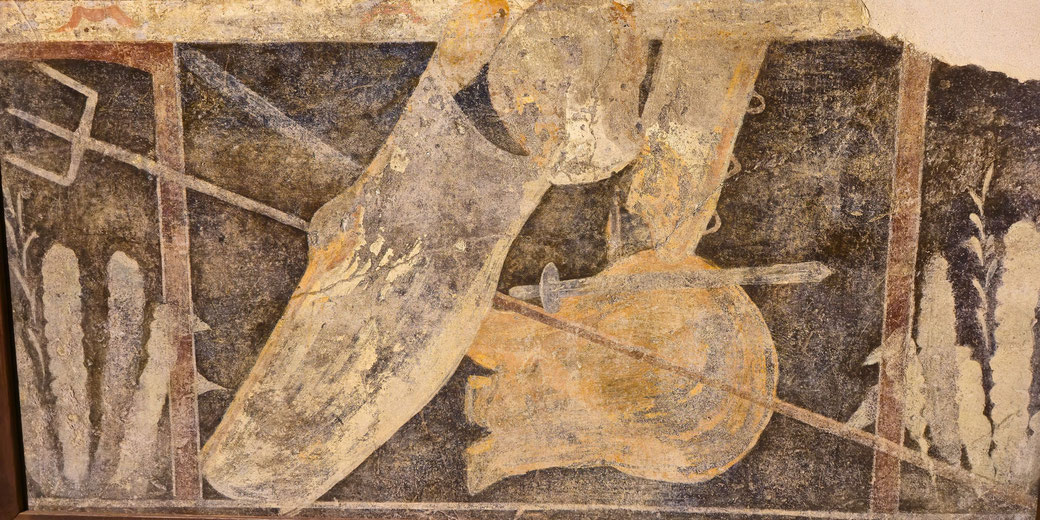
Public entertainment in Rome reached its peak in the gladiatorial games. These contests carried significant social and political weight.
Gladiators came in different types, each with its own history that influenced both equipment and tactics. The variety of fighters brought excitement and a sense of novelty to the games.
Here are the names of the different kinds of fighters that we know about from ancient Roman history.
Murmillo
Among the earliest and most well-known types stood the murmillo, a heavy gladiator who wore a large rectangular shield (scutum) and a helmet with a feathered crest.
Some examples may have included a decorative fish ornament, though it was not always used.
Armed with a short sword (gladius), the murmillo fought with the discipline and posture of a Roman legionary.
His padded armguard (manica), thick belt (balteus), and greaves protected key parts of his body, which allowed him to withstand heavy blows.
The murmillo often faced opponents who relied on agility and ranged attacks, which created a lively battle between strength and speed.
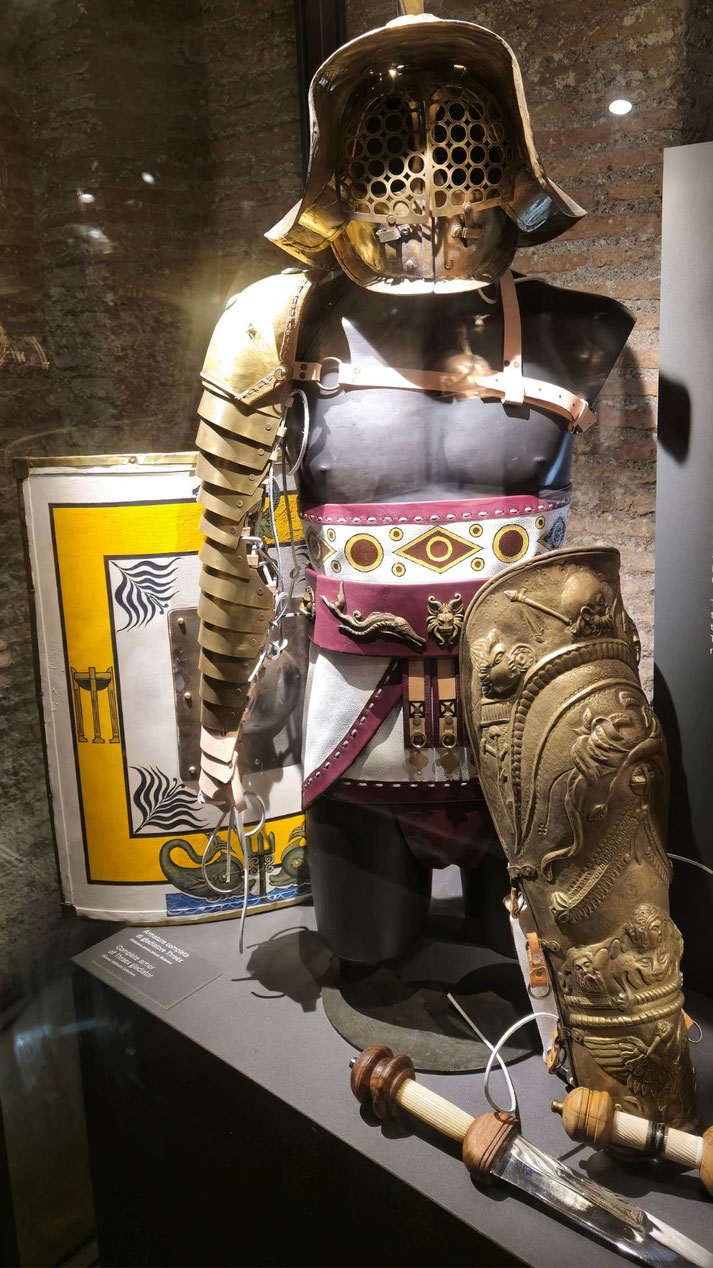
Thraex (Thracian)
Paired frequently with the murmillo, the thraex or Thracian gladiator carried a smaller square or circular shield and wielded a curved sword known as a sica.
His helmet featured a high crest and broad visor, which protected him and also tried to inspire fear in his opponent.
The thraex wore high greaves on both legs, which protected his shins but slightly reduced his movement.
Because the sica curved inward, it allowed the thraex to reach around the shield of a heavier opponent to strike exposed areas.
His role needed precise footwork and tactical movement that supported fast counterattacks.
Secutor
Another well-known gladiator class, the secutor, appeared designed specifically to fight the retiarius.
The secutor wore a smooth helmet with small eye holes to prevent being struck in the eyes by the retiarius's trident or caught by his net.
He carried a short sword and a large shield, which gave him the bulk and defensive advantage needed for close-range combat.
The secutor’s helmet offered little air flow, which often left him very tired in long fights, but his armour protected him well from piercing weapons.
Matches between secutor and retiarius became crowd favourites because they resembled a hunt between predator and prey.
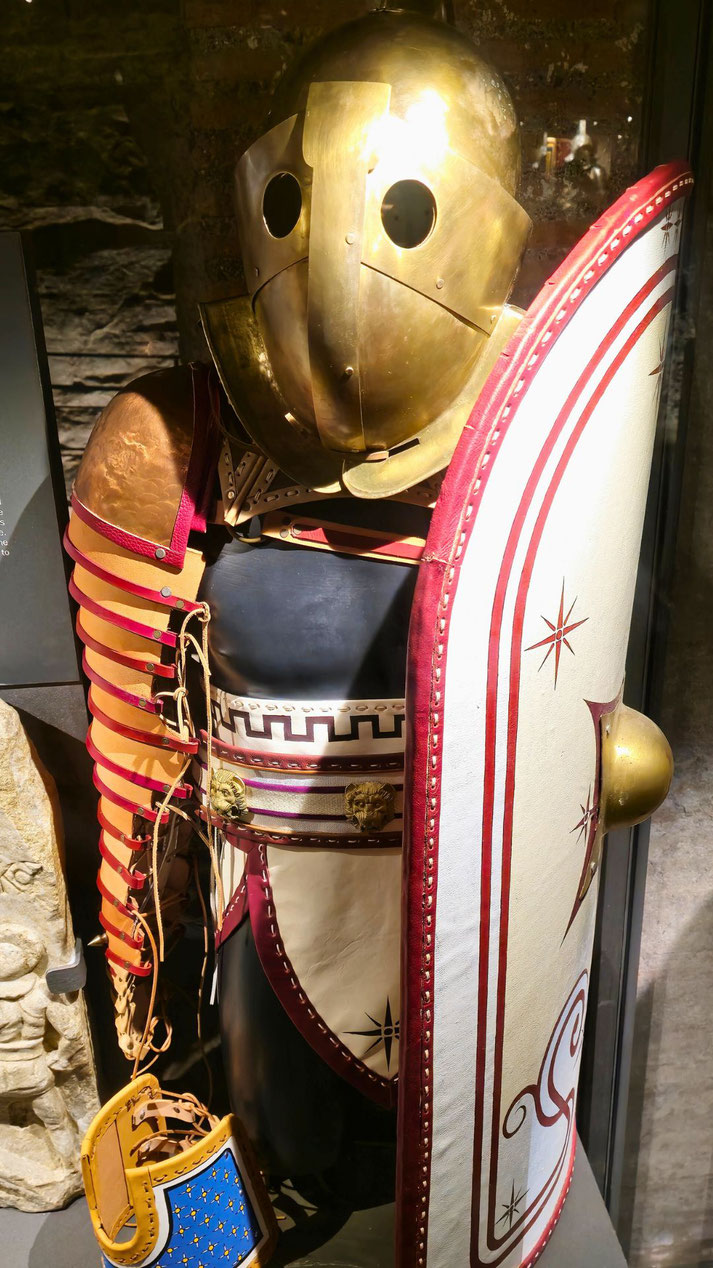
Retiarius
Because he was often paired with heavily armoured opponents, the retiarius entered the arena lightly equipped with a net (rete), a trident (fuscina), and a dagger.
He wore no helmet and carried only an armguard and shoulder protection on his left side, which meant that the retiarius depended on speed and precise timing to find an advantage.
His success depended on the ability to ensnare an opponent in his net and strike with the trident before the enemy could close the distance.
He had to rely on evasion and positioning, as his lack of a shield prevented him from blocking attacks directly.
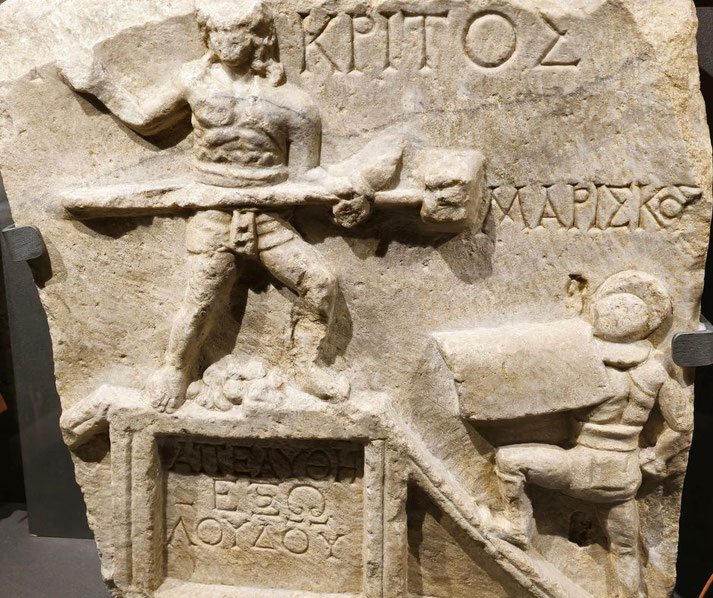
Dimachaerus
The dimachaerus used a rare but striking style when he fought with twin short swords, often straight or only slightly curved rather than daggers.
Gladiators of this type wore little armour, which increased their agility. They used both arms to attack with quick strikes and to defend through active motion rather than using shields.
Their bouts typically involved skilled footwork and close-range attacks that challenged the reflexes of both fighters.
The dimachaerus faced opponents of various classes, offering varied matchups for entertainment value.
Provocator
The provocator wore medium armour with a plain helmet bearing a narrow crest and visor.
He carried a similar set of equipment as the murmillo: a rectangular shield (scutum) and a gladius as his primary weapon.
He wore a lorica hamata for his torso protection and a single greave on his left leg, offering balanced defence without sacrificing mobility.
Although he typically faced one opponent in single combat to emphasise man-on-man skill rather than dramatic matchups, provocatores were sometimes paired with less-armoured foes such as the retiarius to vary the spectacle.
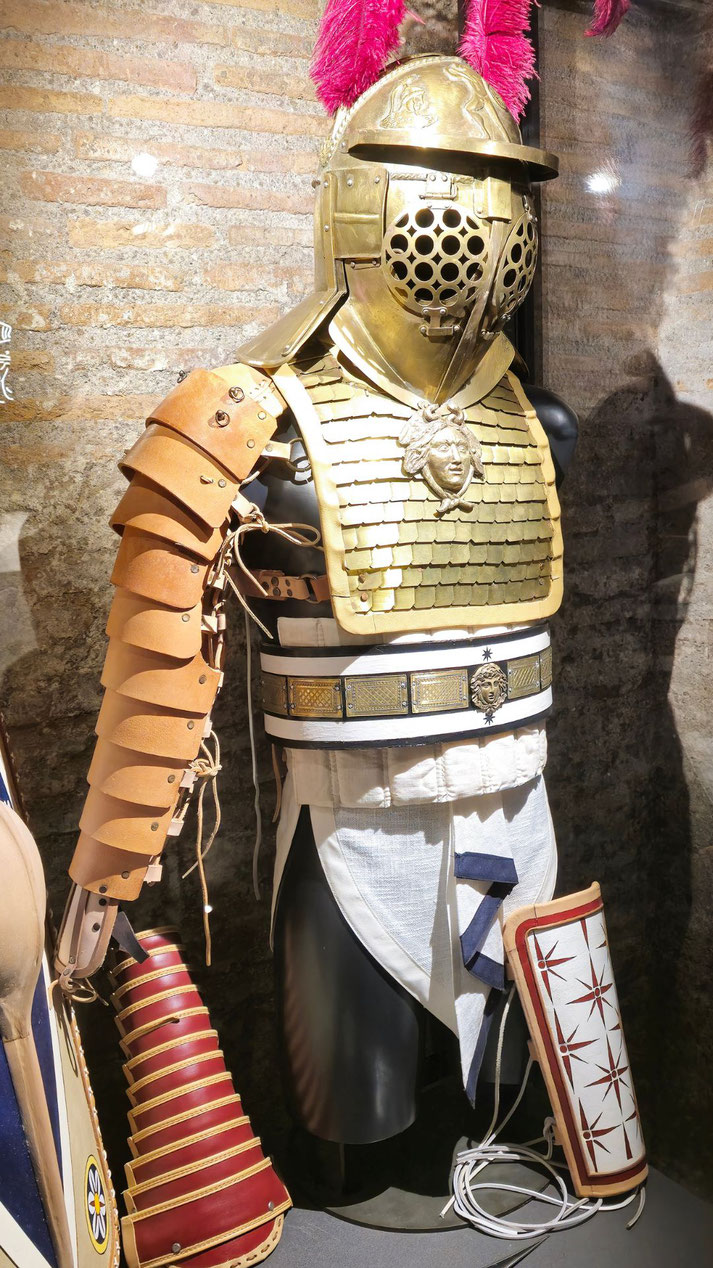
Hoplomachus
Among the most heavily armoured gladiators, the hoplomachus was modelled on Greek hoplite warriors.
He carried a long spear, a dagger, and a small round shield, and wore a bronze helmet with a tall crest.
His greaves and body protection reduced movement, but his reach and defensive stance allowed him to control the tempo of a match.
The hoplomachus often fought against the murmillo, which set up a duel that reflected the clash between different military traditions.
Rare Exotic Fighters
Occasionally, the arena included unusual or representative fighters. The equites, who began the match on horseback, wore light armour and carried a spear and sword.
They usually fought only other equites, and their presence often opened the games.
Another example, the andabata, wore a helmet with no eye openings and fought blindly.
Ancient sources mention them in a humorous or mocking context, and their existence as true combatants remains relatively unknown.
Finally the laquearius, was apparently similar to the retiarius, but used a lasso instead of a net.
There are few records of these fighters, which suggests that they filled more special or trial roles.
What do you need help with?
Download ready-to-use digital learning resources
Copyright © History Skills 2014-2025.
Contact via email
With the exception of links to external sites, some historical sources and extracts from specific publications, all content on this website is copyrighted by History Skills. This content may not be copied, republished or redistributed without written permission from the website creator. Please use the Contact page to obtain relevant permission.





